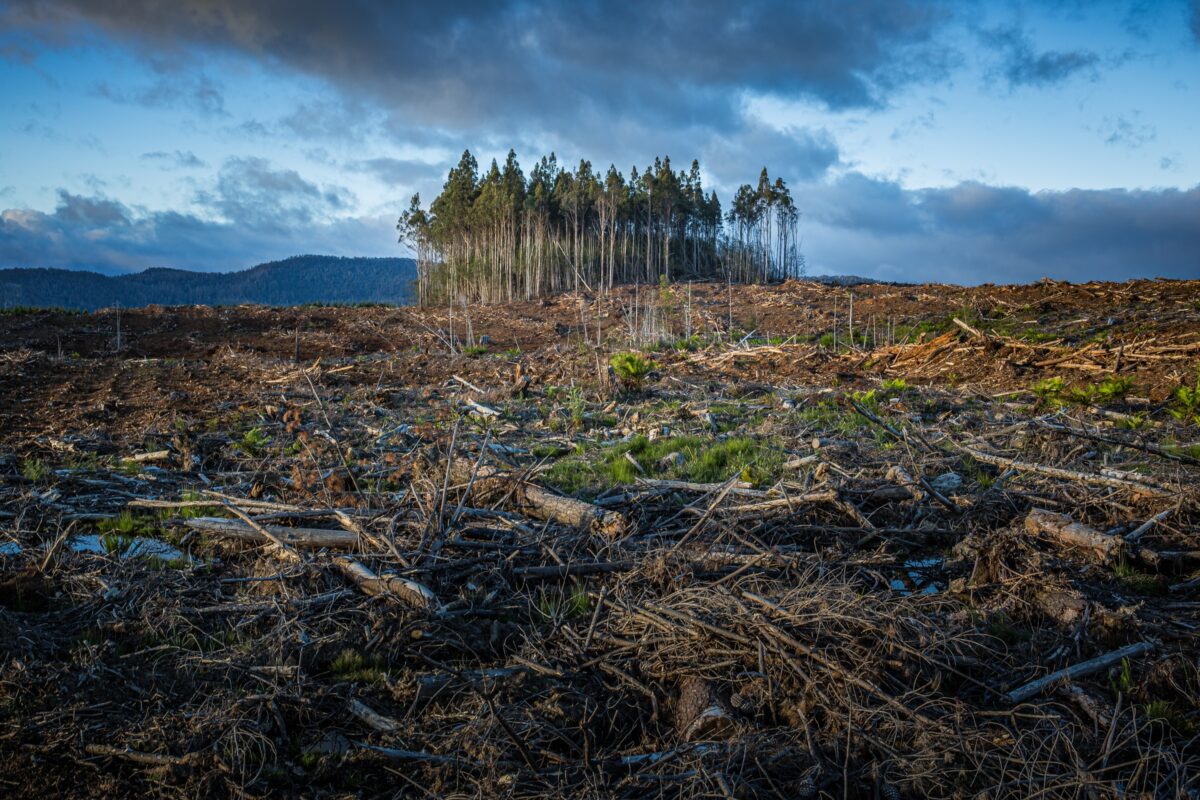Proponents say that making fuel from billion-year-old microorganisms could reduce the region’s dependence on Russian gas.
Scientists and investors are looking to a billion-year-old home brew to help fulfill Europe’s future natural gas needs as well as providing a method to store and utilize extra energy generated by solar and wind power.
European energy companies are relying on single-celled creatures called archaea to ferment carbon dioxide and hydrogen into methane, the major component of natural gas, in the same way that brewers use living yeast to transform sugar and starch into beer. The concept is to capture CO2 released when industries burn fossil fuels and use it to make additional fuel, thus preventing global warming emissions from escaping into the atmosphere.
The microorganisms that catalyze the process may be found in some of the world’s harshest environments, including deep underground gas reservoirs, where they can be fed a steady diet of industrial emissions and green hydrogen to refill fuel stocks and store energy. The methane can then be injected into existing gas infrastructure and supplied to factories, or it can be stored underground and used as a geochemical battery.
Archaea are 4 billion years old and constitute the oldest metabolism we have on Earth, said Alexander Krajete, a chemist who holds patents related to the fermentation process. They are the survivors of nature, he said, while sloshing a jar of amber broth colonized by archaea in his lab in Vienna.
Archaea, which were discovered by American scientists four decades ago as an unique domain of life, live in oxygen-deprived, high-pressure environments miles underwater and underground. Their green energy application is gaining traction as European customers struggle with record gas prices. Geopolitical concerns with Russia, Europe’s largest fuel source, are accelerating the quest for more long-term, sustainable energy alternatives.
Rather than using the fossil gas that comes over from Mr. Putin and others, we want to replace that and make it renewable, said Doris Hafenbradl, managing director of Electrochaea GmbH, a German company looking to scale up the technology. It’s a low carbon-intensity gas that we can make relatively quickly to replace the fossil version.
To become economically viable, the technology still requires billions of dollars of additional investment. While the technique provides a sustainable methane cycle by recycling hydrogen, carbon, and oxygen molecules in a closed loop, there remains the possibility of renegade emissions. Those that use the fuel but do not account for or collect their pollution are still contributing to global warming.
Electrochaea, based just outside Munich, completed its sixth investment round last month, raising 36 million euros ($41 million) from investors including Baker Hughes Co. and Engie SA. According to Hafenbradl, Electrochaea has already built demonstration facilities in Denmark, Hungary, and Switzerland, and is currently working on sites where hundreds of kilowatt hours of green gas can be produced by mid-decade.
One of the most ambitious archaea projects is on the Austrian-German border, where RAG Austria AG, Europe’s fourth-largest storage operator, has been experimenting with the archaea in its gas reservoirs. The company, whose major shareholders include utilities EVN AG and Uniper SE, intends to produce the hydrogen needed for the process using renewable energy generated in Ukraine. According to RAG Chief Executive Officer Markus Mitteregger, the objective will take decades to implement but will result in a cleaner and more self-sufficient European energy sector.
We have a lot of nearby heavy industry that needs gas for heat and that produces carbon dioxide on the other end, he said. We can create a closed gas cycle that also captures and stores emissions.
The European Commission’s decision earlier this month to award a green label to some gas projects that satisfy sustainable requirements should encourage additional archaea-induced storage investment. A leading expert group has criticized the label for supporting an emissions-producing fuel. Mitteregger, on the other hand, claims that the classification will aid energy businesses in transitioning to lower-emission technology while preserving current infrastructure.
One of the most vocal opponents of the EU’s inclusion of gas and nuclear power in its taxonomy supports archaea’s use case.
According to Austria’s environment and energy minister Leonora Gewessler, the projects are crucial for “seasonal storage of renewable energy.”
Solar energy is converted into green hydrogen and stored in natural gas deposits.
According to Alastair Syme, managing director of energy research at Citigroup Inc. in London, the market has already acknowledged the potential of storage. While geopolitical tensions with Russia were primarily to blame for last year’s dramatic energy price swings in Europe, the imbalance between renewable generation and storage capacity remains a constant threat to price stability.
If you look at the last 12 months, you’ve had electricity prices that have swung from 20 euros a megawatt hour to 170, Syme said. That spread is effectively the cost of storage. Finding long duration storage mechanisms, things that have a high level of energy content, is going to be one of the plays for hydrogen.
Still, the most significant stumbling block is the expense of manufacturing hydrogen using exclusively renewable energy. In recent years, Krajete, the scientist, estimated that fermenting a megawatt of gas cost around 800 euros ($900). That’s nearly four times the peak of 183 euros per megawatt hour paid by German industries for spot access to imported gasoline in December.
“This is the market bias we have to confront”, said Krajete, whose namesake company, Krajete GmbH, makes gear used to transform industrial emissions into CO₂ feed for archaea.
For the big energy majors it has been more profitable to make alliances in places like Russia or Norway in order to dig the fuel out. Something that is pre-fermented will usually be cheaper.
New factors, such as the continuous rapid expansion of renewables across Europe, could soon affect the calculations that make imported fossil fuel cheaper than European home-brewed gas.
The new German government’s green economy plan, for example, calls for adding an average of more than 3 gigawatts of solar and wind capacity per year over the next decade — investments that would require storage to balance the energy system on days when the sun is shining or the wind is blowing. Excess power can be used to generate hydrogen, which microorganisms need to produce fuel, rather than shutting down renewable generation or rerouting electricity over the border.
As large businesses face greater energy costs and carbon emissions, there will be an increase in demand for cleaner sources of electricity. Home-brewed gas, according to Krajete, has the extra benefit of assisting polluters in recycling their emissions for the benefit of Europe’s energy security.
All those energy intensive industries are trying to move into [greener] electricity, he said. But in order to to bridge the long-term storage gap, they’ll have to move toward chemistry.




